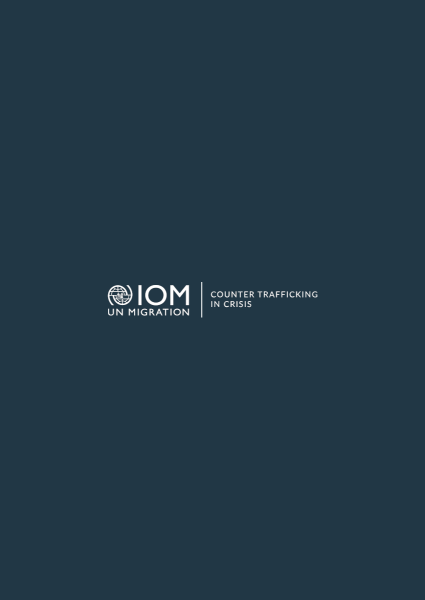How Conflict and Displacement Fuel Human Trafficking and Abuse of Vulnerable Groups. The Case of Colombia and Opportunities for Real Action and Innovative Solutions.

Disaffected, impoverished, and displaced people in weak and failing states are particularly vulnerable. Human trafficking exploits social and political turmoil caused by natural disasters, economic crisis, and armed conflict. The exploitation and forced servitude of millions of trafficking victims take many forms. Women and children are trafficked into becoming child soldiers and concubines of illegal armed groups, men, women and children are trafficked into forced labor and sexual slavery, forced to sell drugs, steal, and beg money for the criminals controlling them, and thousands are coerced or forced into a growing black market trade in human body parts. The growth in illegal mining operations by illegal armed groups and organized crime is also fueling conditions of forced labor. Trafficking victims are dehumanized and suffer grave physical and mental illness and often die at the hands of their captors and exploiters. Colombia is particularly afflicted by the scourge of human trafficking. All the elements of modern-day slavery and human exploitation are present in this Latin American state that is struggling to overcome decades of internal armed conflict, social fragmentation, poverty, and the constant debilitating presence of organized crime and corruption. Women’s Link Worldwide recently reported that human trafficking is not viewed as an internal problem among Colombian officials, despite estimates that more than 70,000 people are trafficked within Colombia each year. This article examines human trafficking in its many forms in Colombia, the parties involved in trafficking, and the State’s response or lack of response to human trafficking. The article also presents innovations that might be effective for combating human trafficking, and proposes that Colombia can serve as an effective model for other countries to address this growing domestic and international human rights catastrophe.
